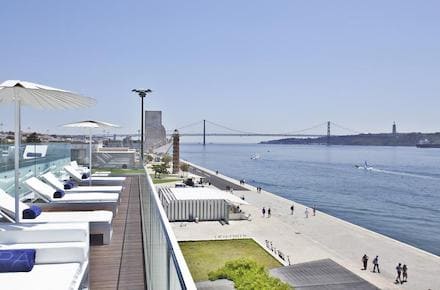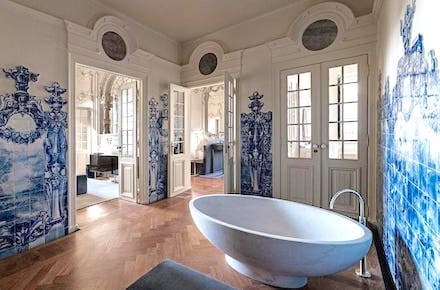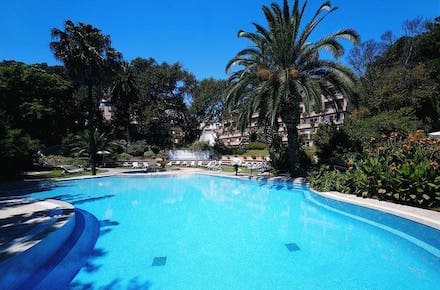Vasco da Gama Tower
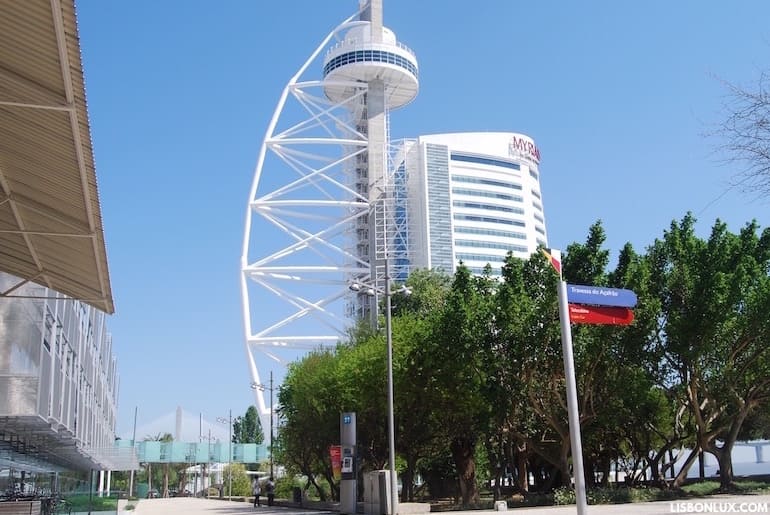
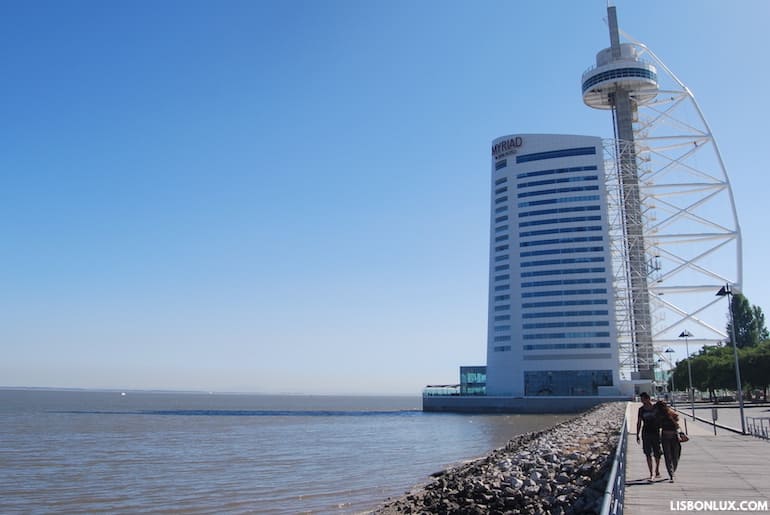
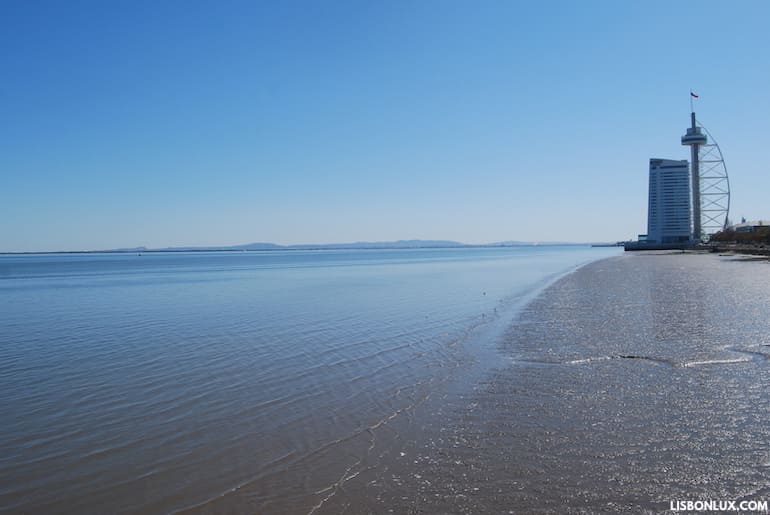
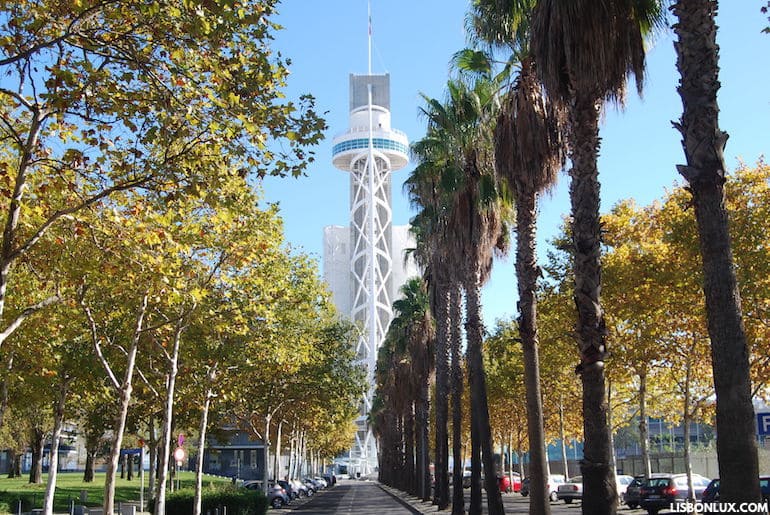
Built as an observation tower with panoramic elevators, the Vasco da Gama Tower is now a 5-star hotel, opened in 2013. It’s 142 meters high (466 ft), making it the tallest building in the city and one of its main landmarks. Its architecture recalls the ancient sailing ships that took Vasco da Gama to India.
Vasco da Gama Bridge
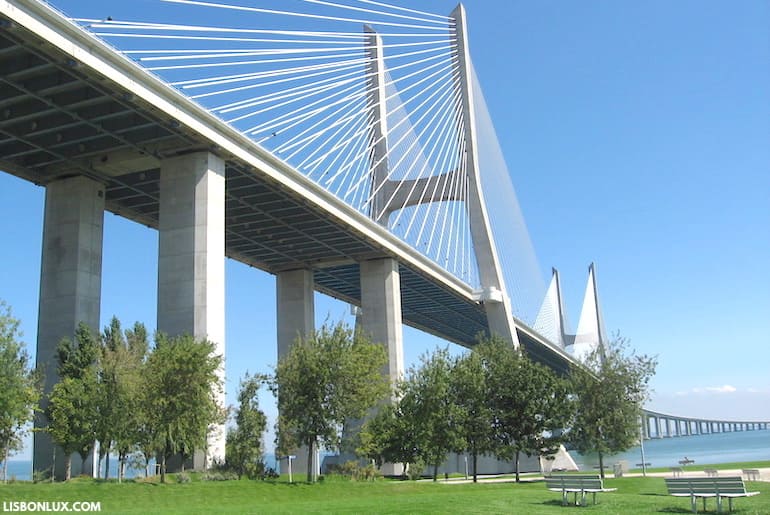
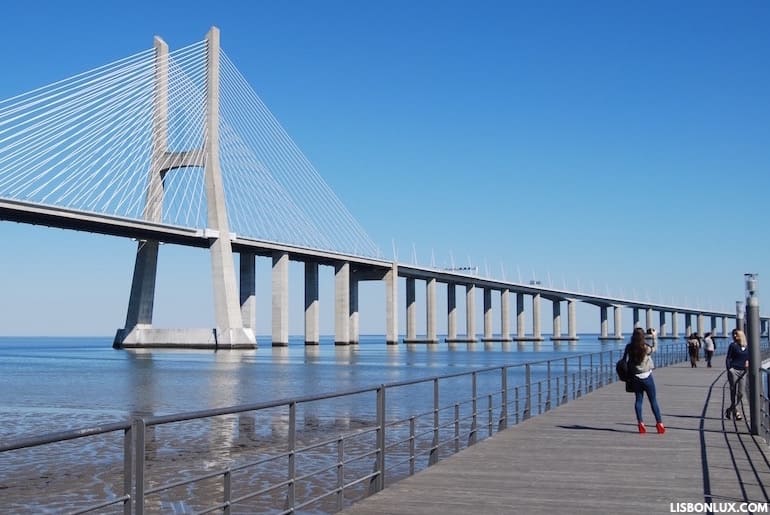
Inaugurated on March 29, 1998, this bridge stands out as the backdrop of Parque das Nações. Its 17.3 kilometers (10.7 miles) in length make it the largest in Europe and one of the ten longest in the world.
São Gabriel and São Rafael Towers
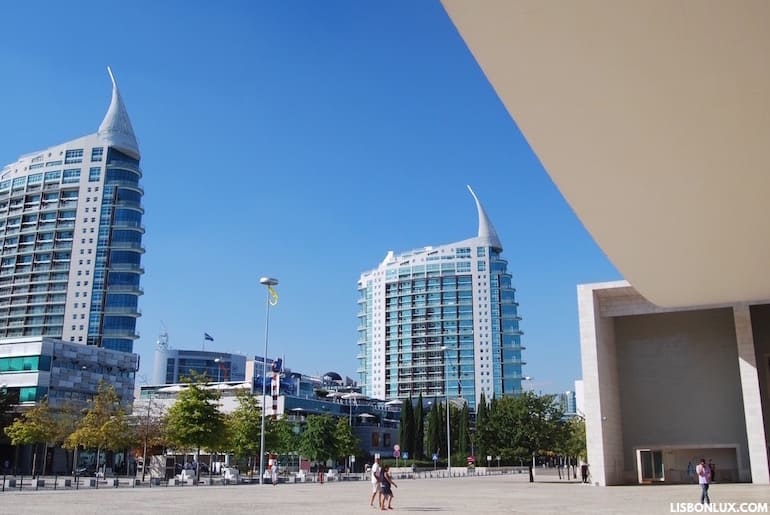
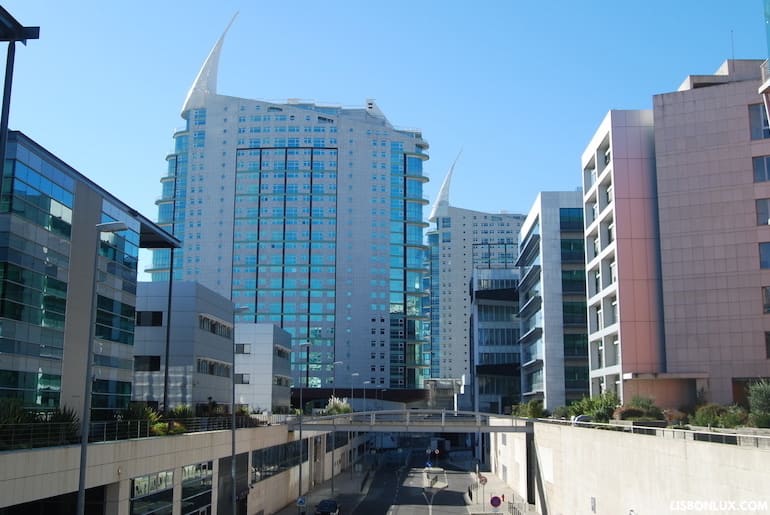
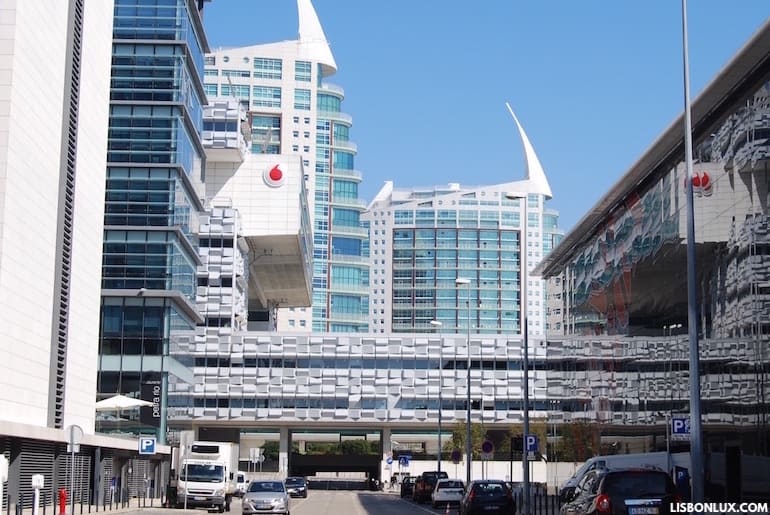
The twin towers São Gabriel and São Rafael are 110 meters tall (360 ft) and were built after Expo 98, for luxury apartments. The São Gabriel was completed in 2000, and São Rafael in 2004. Their architecture was inspired by the prow of a boat, and were named after two of Vasco da Gama’s ships.
Portugal Pavilion
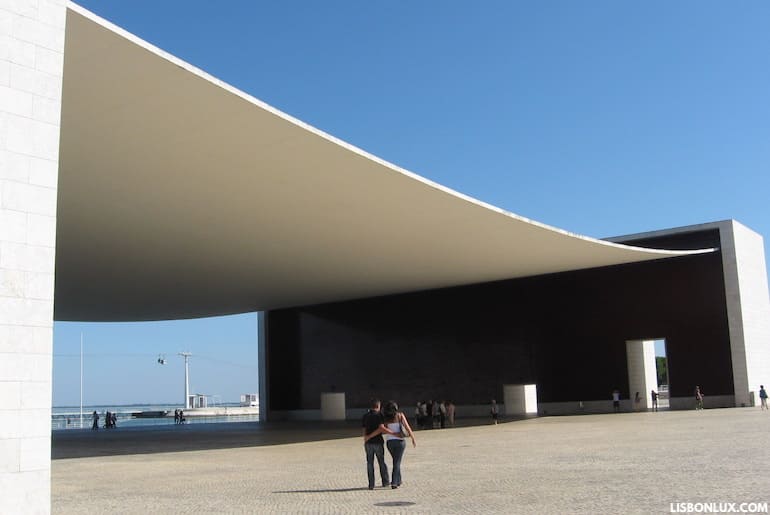
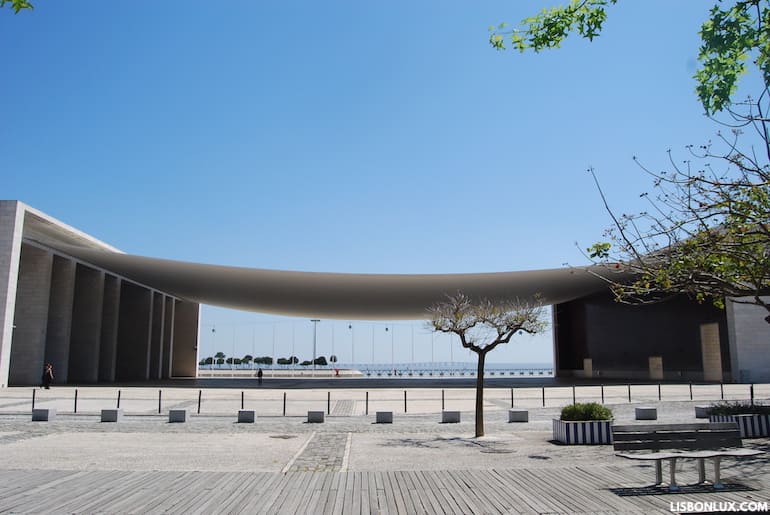
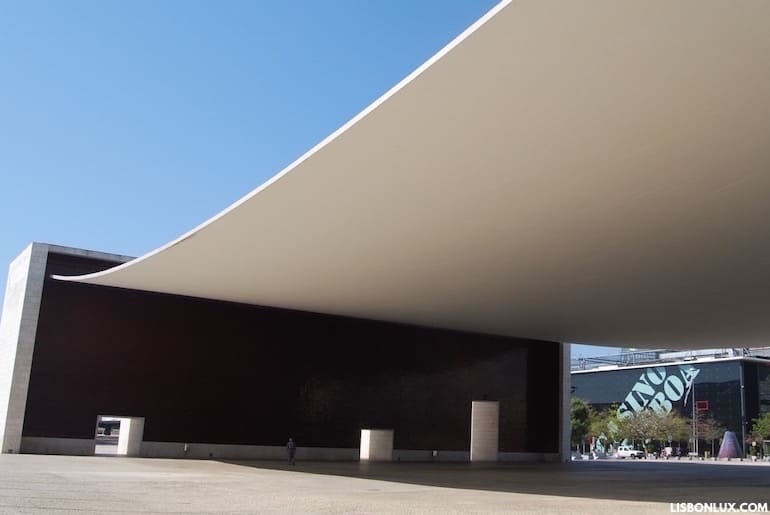
Designed by Pritzker Prize architect Siza Vieira, it’s one of the most emblematic examples of contemporary architecture in Lisbon. Its impressive sagging roof (a "sheet of concrete") joins two annexes, and is based on a sheet of paper placed on two bricks. In 2015 it became part of Lisbon University.
Oriente Station
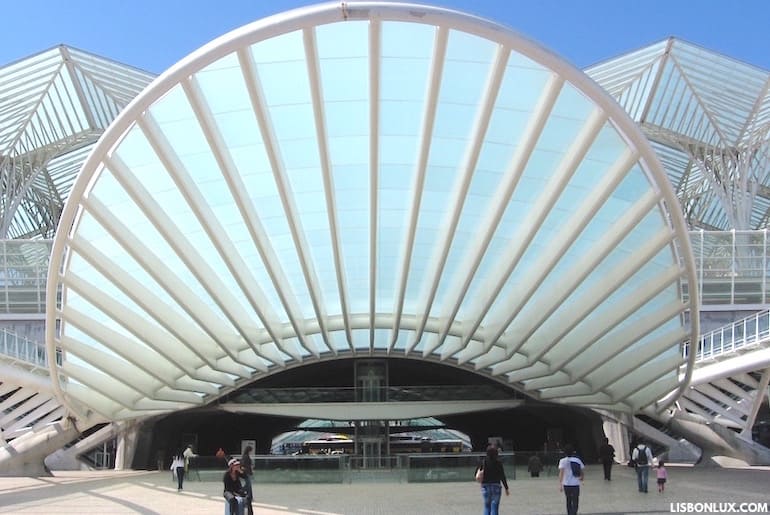
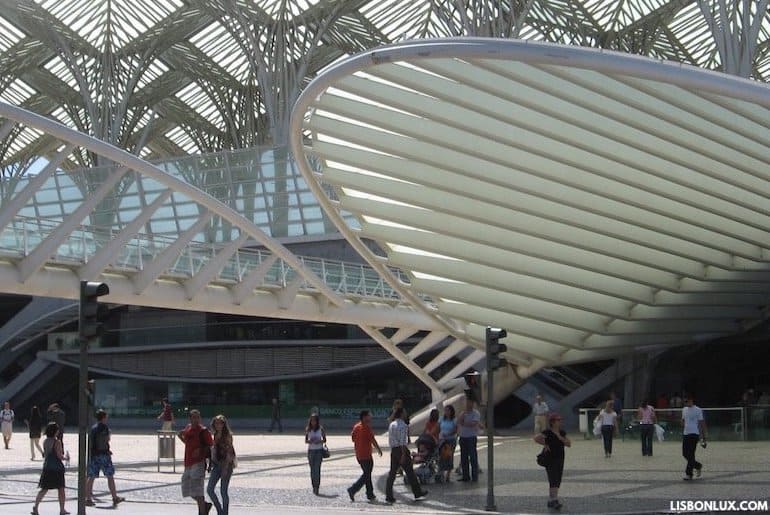
Designed by architect Santiago Calatrava, this station is one of the icons of modern Lisbon. The steel-and-glass architecture recalls ocean waves, trees in a forest, and the arches of a Gothic cathedral.
Altice Arena
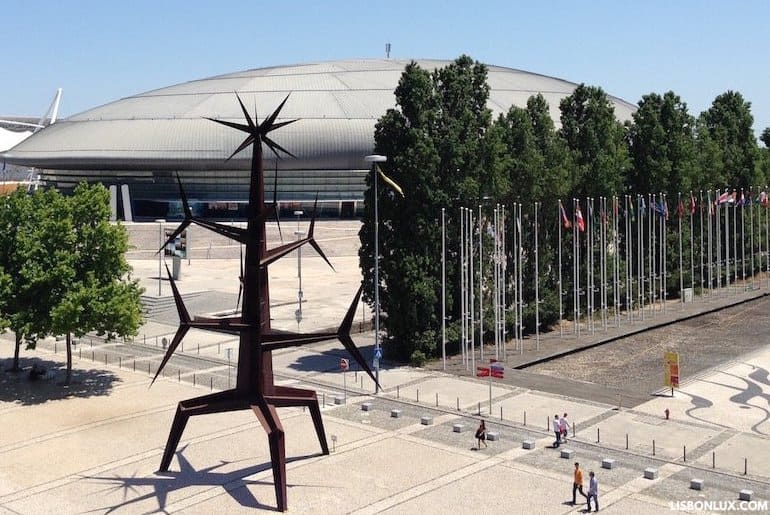
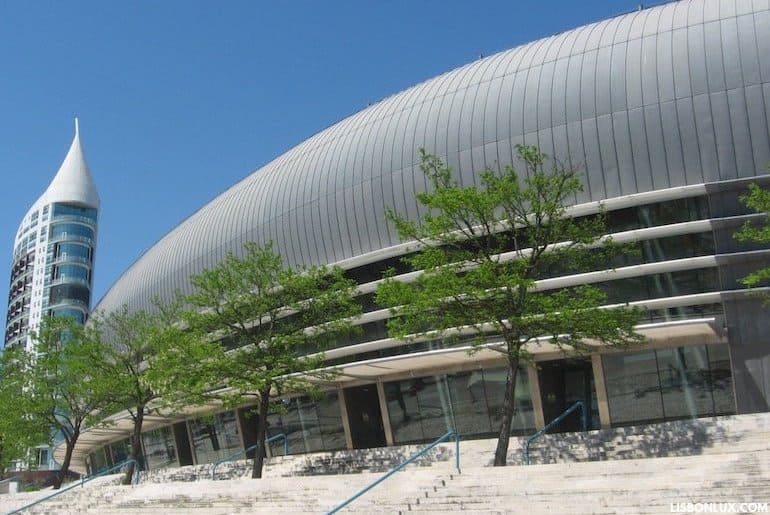
For some it looks like a spaceship, for others it’s a turtle. It’s the largest concert arena in Lisbon, and has hosted events such as the Tennis Masters Cup, the MTV European Music Awards, and the Web Summit.
Oceanarium
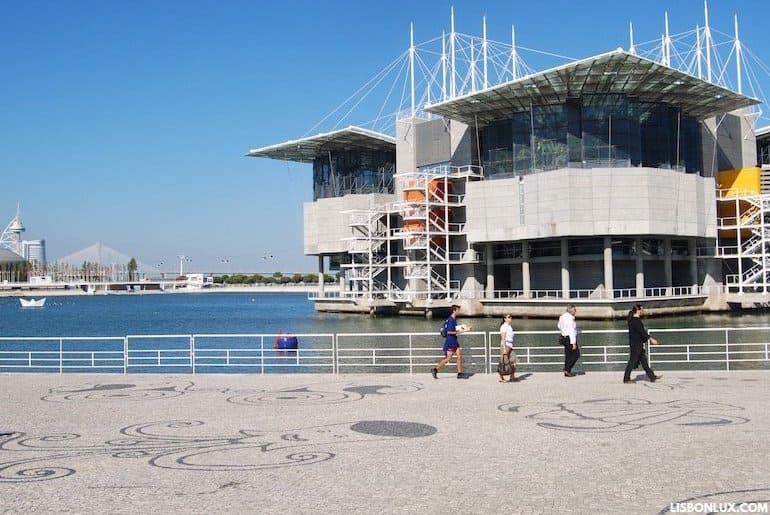
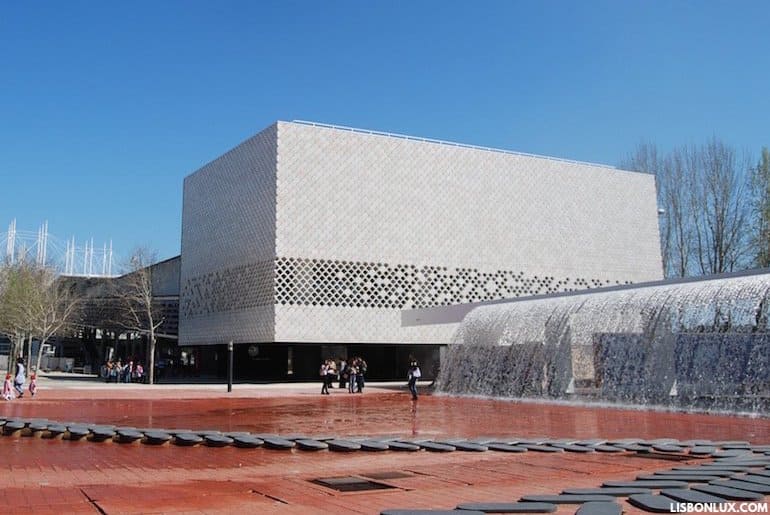
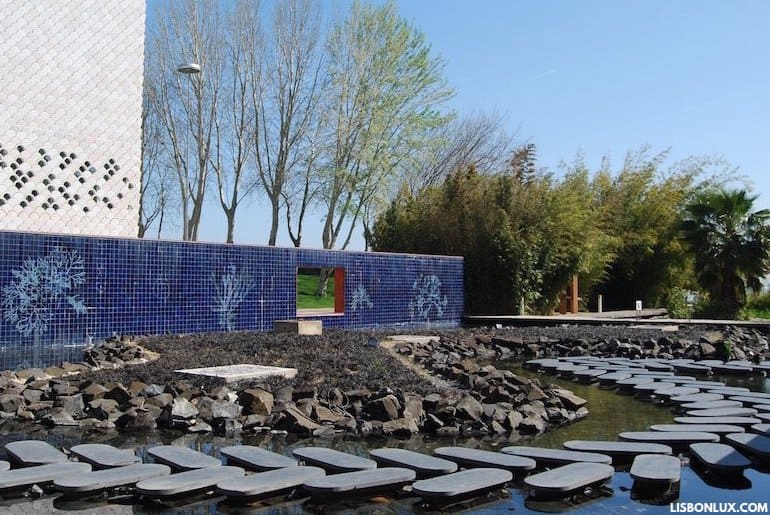
It’s the world’s second biggest aquarium and one of Lisbon’s greatest attractions. It’s made up of two buildings, the first one built for Expo 98 and the second one (opened in 2011) to house an aquarium of sea turtles. Seven thousand ceramic fish scales cover the second building, while the first one is surrounded by water, looking like an aircraft carrier.
Vodafone Headquarters
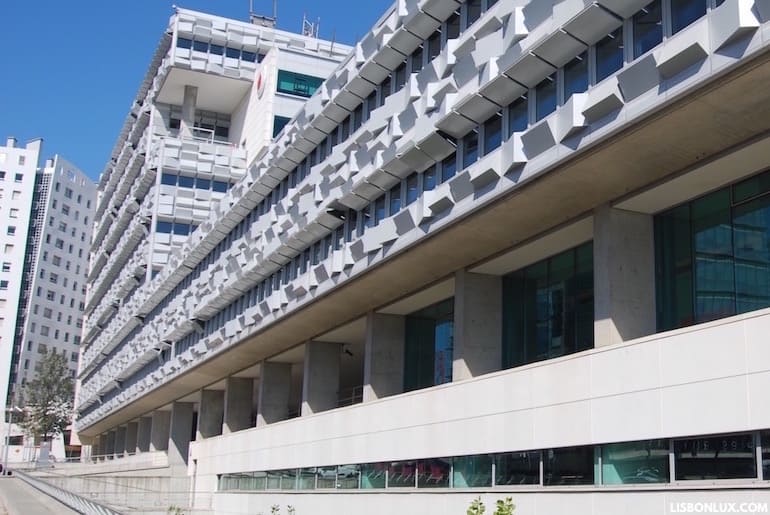
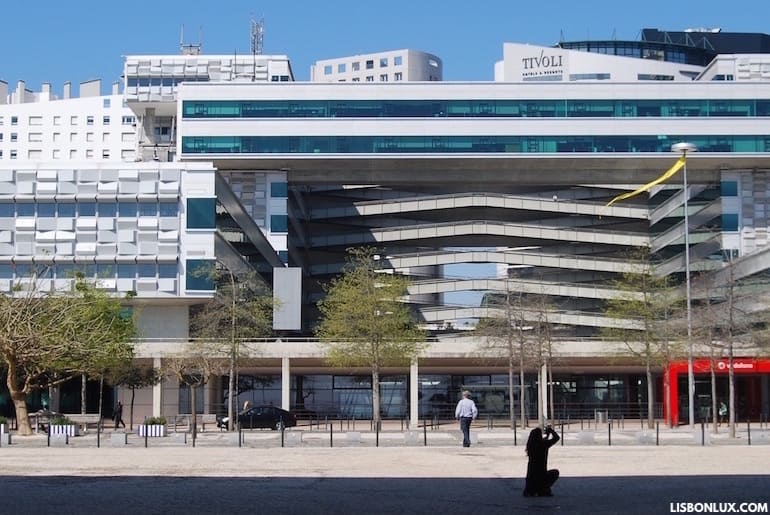
This building, designed by Alexandre Burmester, won the Valmor Prize, the local architecture award. It’s architecturally noteworthy for its façade, which is constantly changing, depending on how its windows are opened.
Knowledge Pavilion
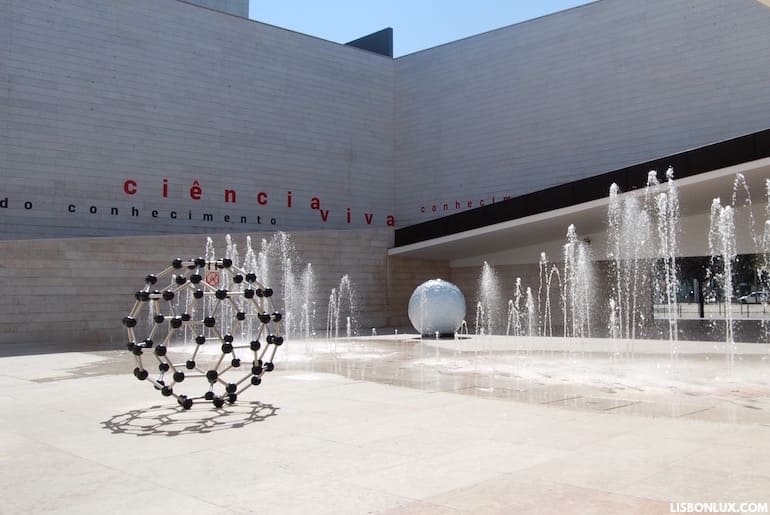
Also awarded a Valmor Prize, this building was designed by architect Carrilho da Graça. It’s now an interactive museum of science and technology.
Mythos Building
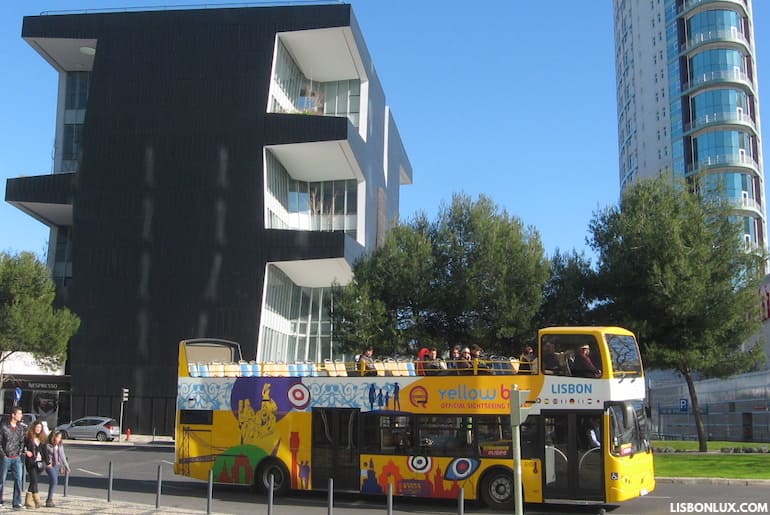
This office building was completed in 2012 and was innovative for its architecture and technology. It rises up seven floors, each one different from the other, due to the different shapes of the balconies with small gardens.
Troufa Real Building
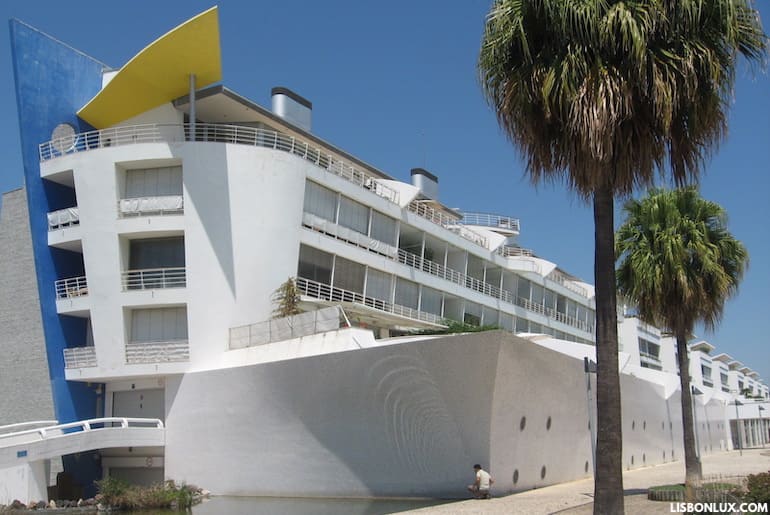
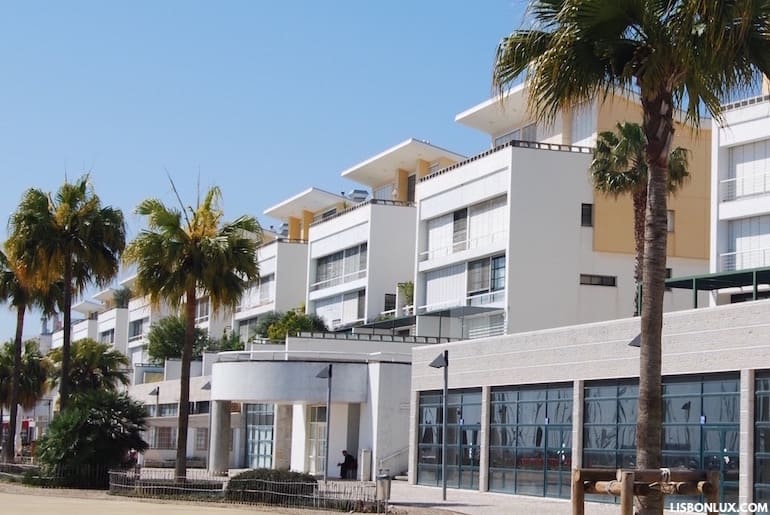
The buildings facing the marina continue the nautical theme of the architecture, with a curious apartment building in the shape of a cruise ship. It was designed by Troufa Real, a local architect known for his colorful and extravagant works.
"Catarina de Bragança" by Audrey Flack

This 10-meter-tall (33 ft) statue is a replica of a much larger one that was to stand in New York. It represents Catherine of Braganza, and it was meant to celebrate the fact that Queens was named after the Portuguese princess who became queen of England. The African-American community protested, remembering that Catherine’s family had ties to the slave trade. The statue by American artist Audrey Flack was therefore brought to Lisbon and now stands on the waterfront.
"Homem Sol" by Jorge Vieira
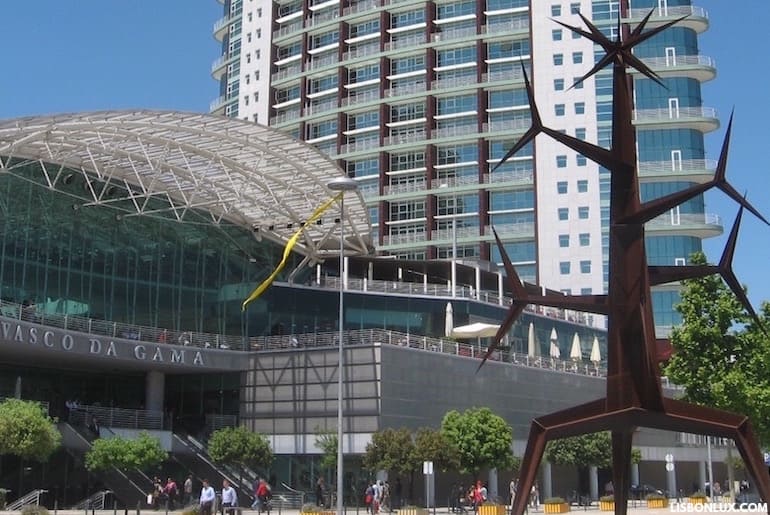
This monumental work inspired by the sun is one of the greatest pieces of public art in the city. The 20-meter-high steel sculpture was created by Portuguese artist Jorge Vieira, and evokes a human figure.
"Rizoma" by Antony Gormley
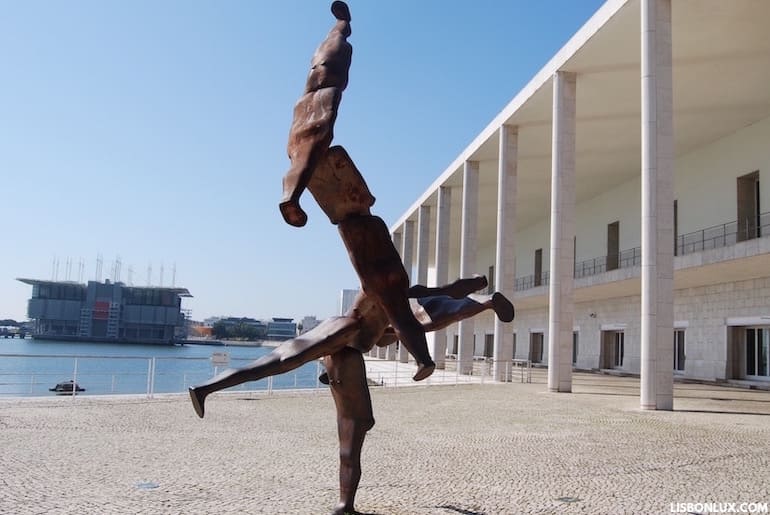
British artist Antony Gormley created this iron sculpture with nine life-size human figures fitting into each other. It symbolizes unity among Man, but also suggests the branches of a tree.
"O Homem Muralha" by Pedro Pires
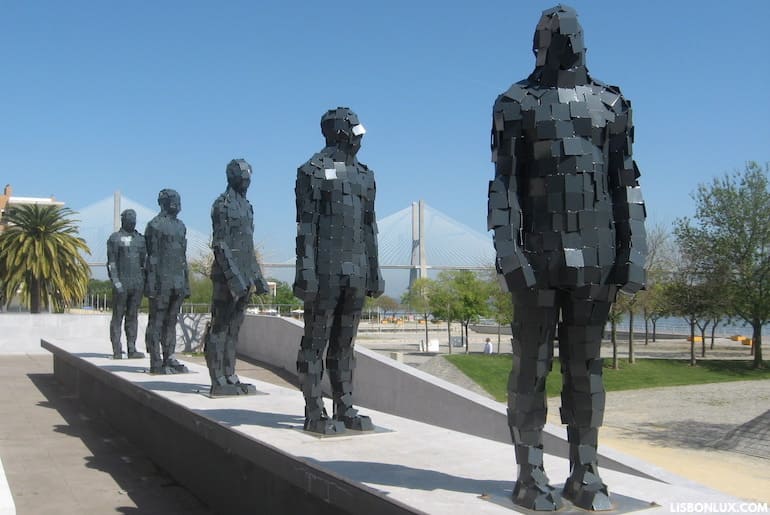
A group of five sculptures by Portuguese artist Pedro Pires, consisting of small iron squares, faces the Vasco da Gama Tower. However, the nearly-identical figures point in different directions, as a way of questioning the concept of identity in the modern industrial world.
"Portuguese-American Wave" by Stephen Frietch and Steven Spurlock
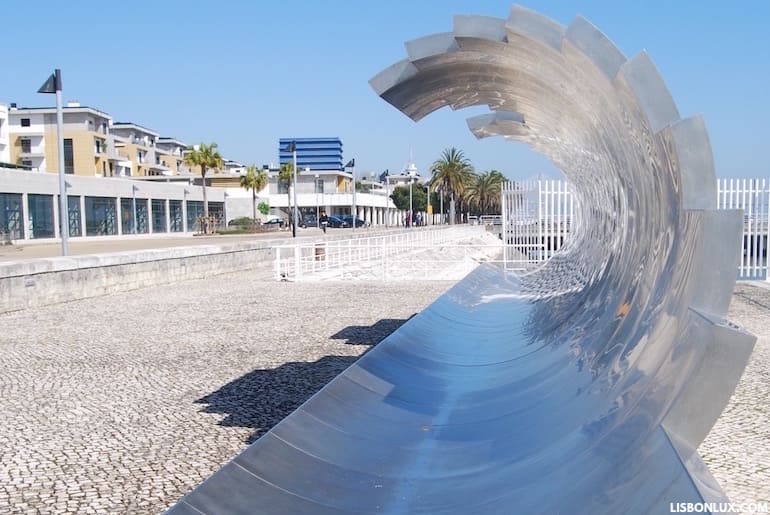
This small monument by the marina was a gift of Portuguese-Americans to the World Fair. It’s a "wave" in stainless steel and tiles by Washington architect Steven Spurlock and artist Stephen Frietch, symbolizing the wave of Portuguese immigration to the United States and the Portuguese nautical tradition.
"Cursiva" by Amy Yoes
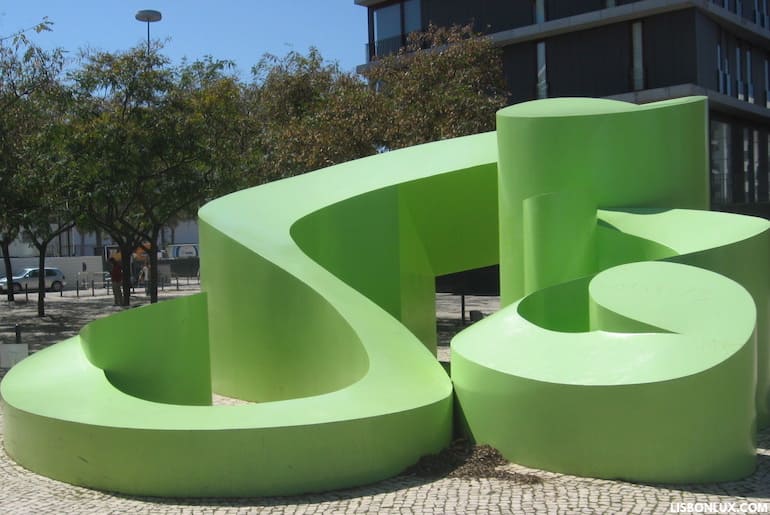
This painted iron sculpture dates from 1998 and is meant to be a large typographic character or a three-dimensional dropcap of a medieval codex. It consists of two curvilinear parts of different sizes, allowing visitors to go inside it and walk through it, giving it movement.
Pop Art Tile Panel by Erró
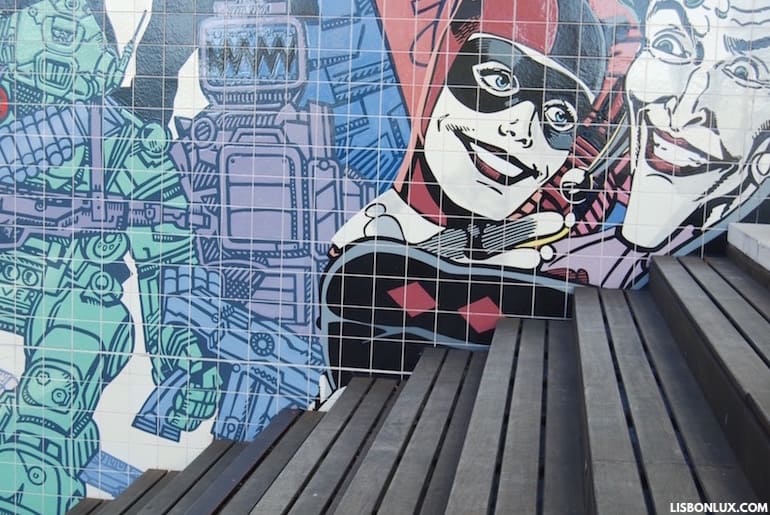
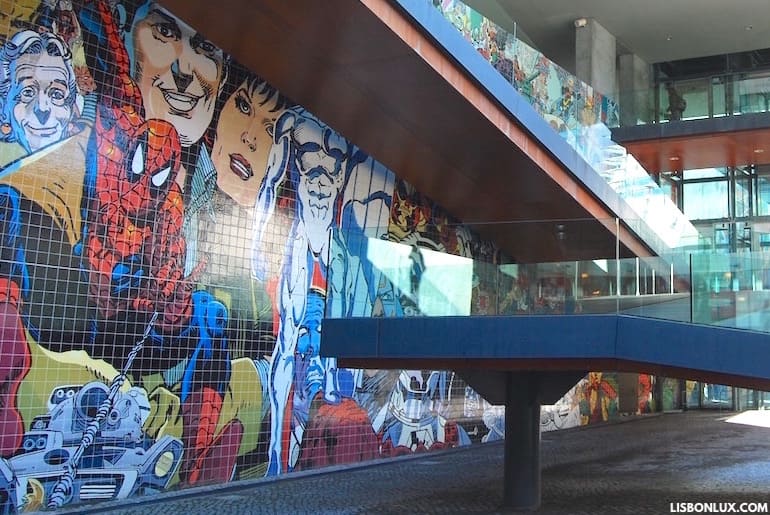
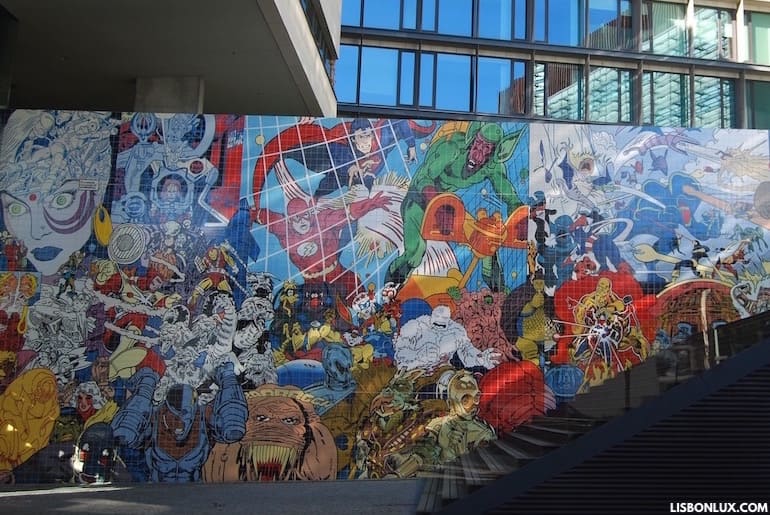
A tile panel by Icelandic artist Erró, with characters from American comics and science fiction, covers part of the façade of the VIP Arts Hotel. It’s a beautiful and curious example of pop art on tile.
Erró Tile Panel in Oriente Station
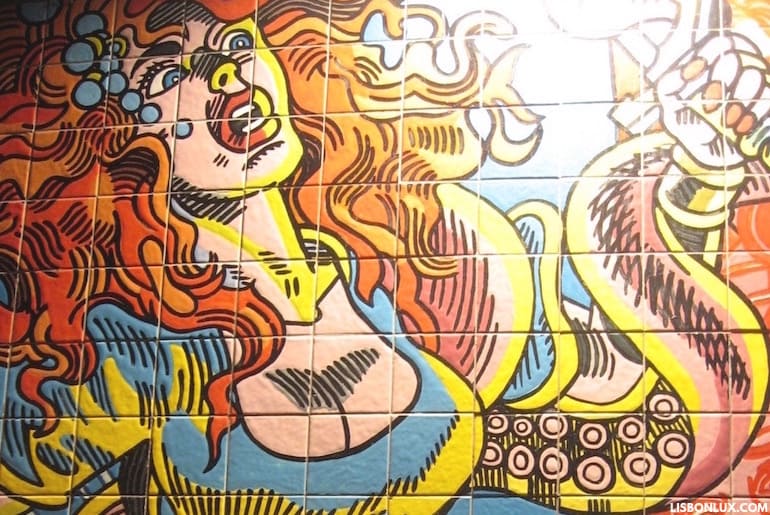
Inside Oriente Station, on the Metro platforms, is another series of contemporary tile panels, and Erró created the most amazing of them all. He used cartoon-like images of mythological figures, legends and episodes related to the sea, such as Poseidon, the Portuguese Discoveries, and the Titanic tragedy.
"Mermaids" by Leonel Moura
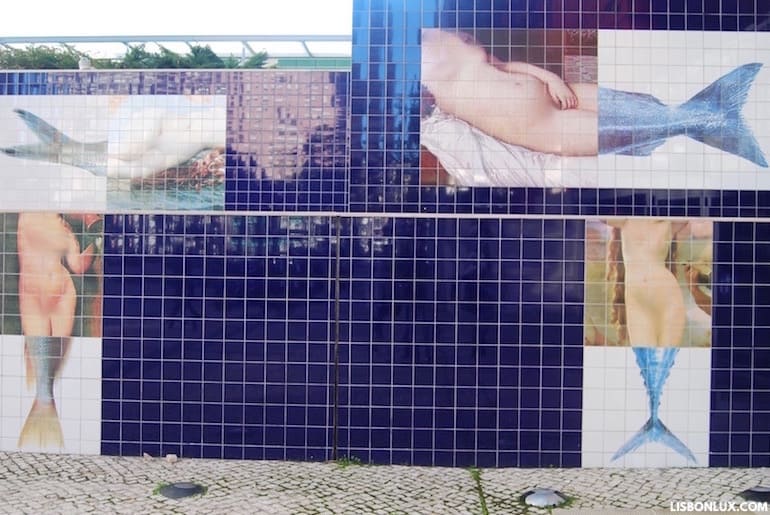
Artist Leonel Moura was inspired by the classic images of female nudes in Western art to depict mermaids in a large tile panel on Avenida D. João II. Next to it is an excerpt of Homer's Odyssey.
"Haveráguas" by Roberto Matta
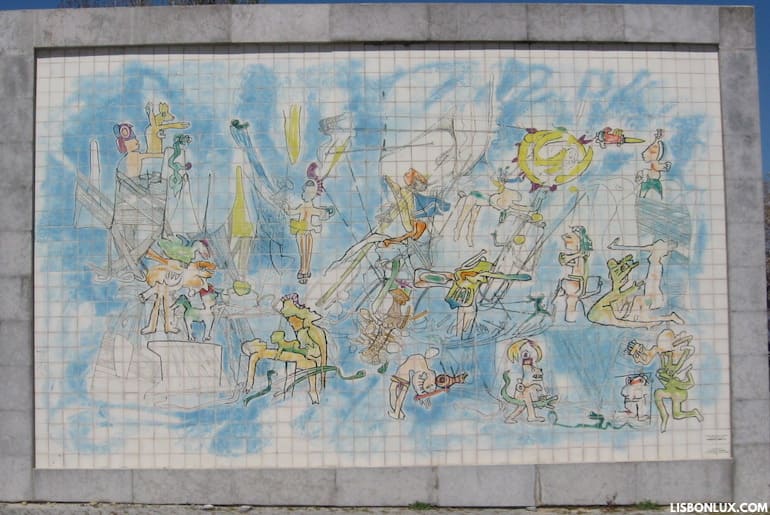
Surrealist artist Roberto Matta created this tile panel especially for Expo 98. It measures 6,54m x 4m, and is found by the Vasco da Gama Tower.
Lake of the Tágides by João Cutileiro
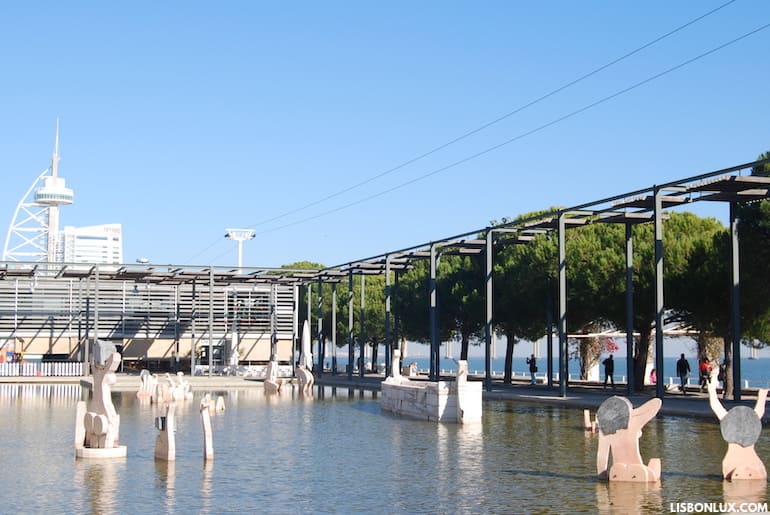
This group of sculpted female figures represents the Tágides, the mythical Tagus nymphs of poet Camões, bathing by a boat. It was created by João Cutileiro in marble, and placed on the waterfront not far from the Vasco da Gama Tower.
"Sea Monsters" by Pedro Proença
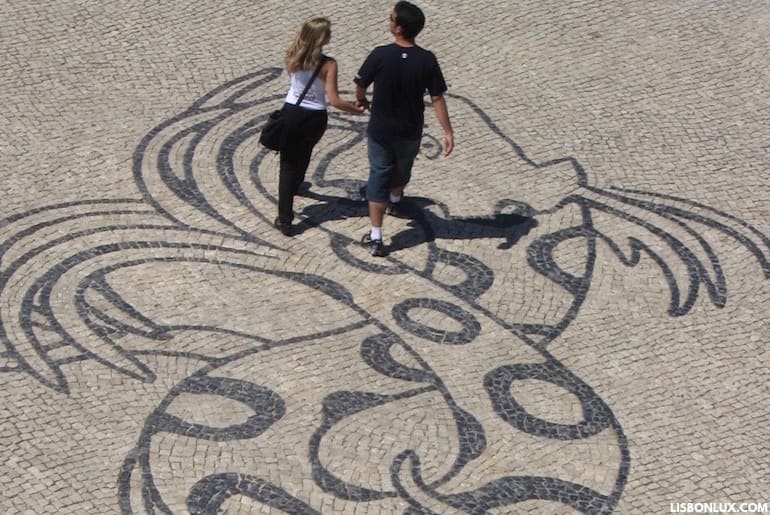
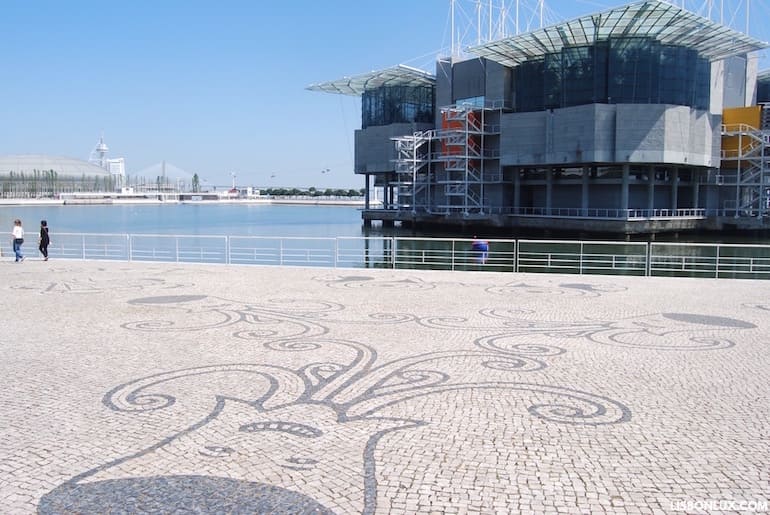
One of the most fantastic works of art using the traditional Portuguese cobblestone pavement is that of the "sea monsters" that can be seen around the Oceanarium. It depicts several sea creatures, both real and imagined by artist Pedro Proença.
"Wide Sea" by Fernando Conduto
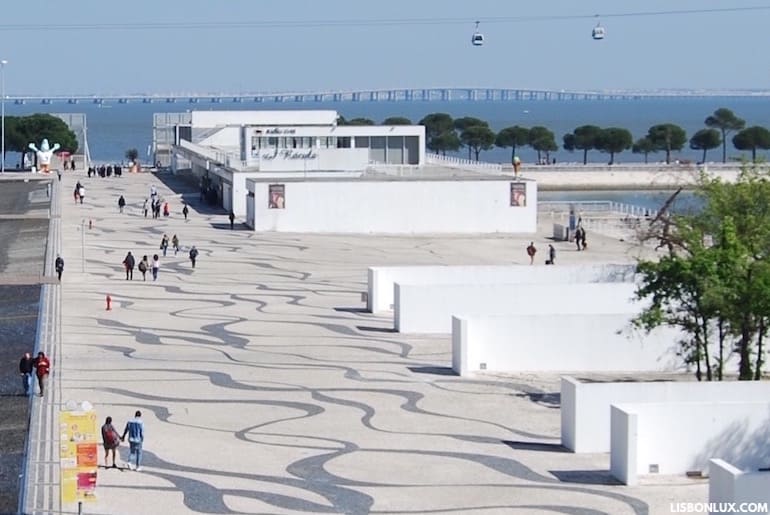
One of the most popular designs used in cobblestone pavements is the so-called "Wide Sea" which began in Lisbon’s Rossio Square and was later replicated in the Portuguese colonies, as can still be seen today in Macau and Rio de Janeiro. In Parque das Nações that design was altered by the artist Fernando Conduto, with intersecting waves.
Water Vulcanoes by Wet Design/Risco
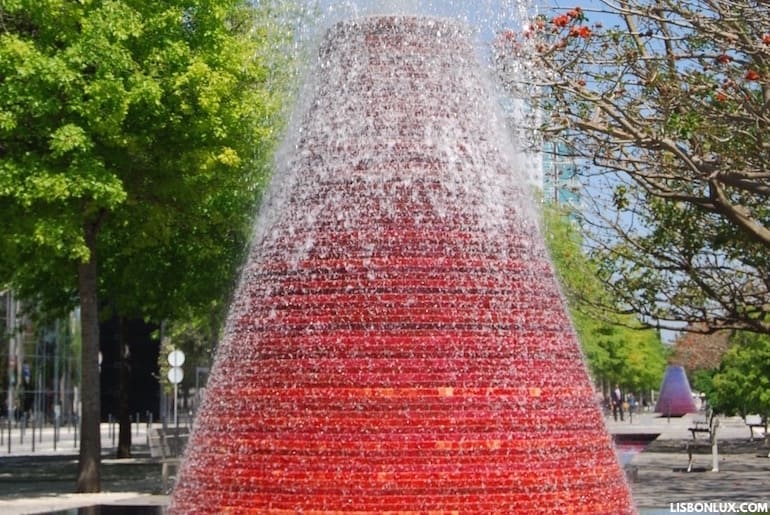
The six water volcanoes on Alameda dos Oceanos have become Parque das Nações icons. They’re 4 meters high and have over 1,500 sudden water eruptions per day. Covered with red and green tiles, they’re spread over two canals.
